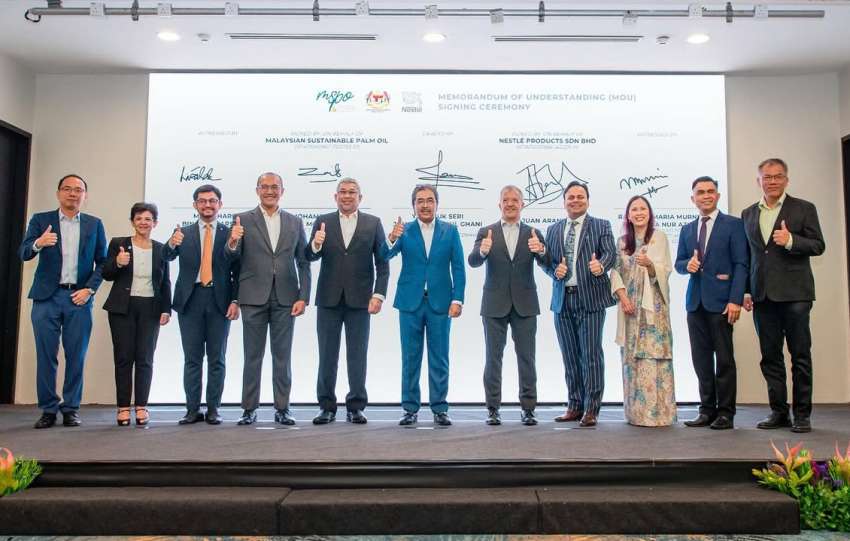6 May – The fashion industry—long associated with trends, luxury, and fast consumerism—is now at the crossroads of a sustainability reckoning. As Environmental, Social, and Governance (ESG) principles increasingly shape global business expectations, the fashion sector is under pressure to align with responsible and transparent practices. While progress is being made, the pace and commitment vary significantly across brands.
Leaders in ESG: Setting the Benchmark
Among the frontrunners in fashion’s ESG transformation are Gucci and Stella McCartney, two brands that have demonstrated a strong commitment to sustainable and ethical practices.
- Gucci has committed to 100% raw material traceability by 2025 and aims to reduce its environmental impact by 40% and its greenhouse gas emissions by 50%. The company reports a 39% reduction in its overall environmental footprint and a 37% drop in emissions.
It has also transformed its retail spaces to be more eco-friendly, implementing LED lighting and waste reduction practices. - Stella McCartney is another industry trailblazer. The brand uses innovative materials like grape-based leather alternatives and recycled plastic bottle linings, which significantly reduce environmental impact.
The Winter 2025 collection was 96% sustainable and included no leather, fur, or skins.
Stella McCartney Ltd has also committed to a 46.2% reduction in supply chain emissions by 2030.
Industry-Wide Gaps: Ambition vs. Action
Despite the efforts of pioneering brands, many fashion companies still lag behind in setting or meeting ESG targets. Fast fashion in particular contributes significantly to environmental degradation, accounting for around 10% of global carbon emissions and 20% of wastewater production.
Socially, issues such as underpayment, long hours, and poor working conditions continue to plague garment factories in regions like South Asia. Many brands are still not conducting comprehensive audits or ensuring living wages, which points to a major disconnect between ESG commitments and execution.
Regulatory Pressure and Innovation
Regulators are responding with stronger policies. The EU’s Corporate Sustainability Reporting Directive (CSRD) and Digital Product Passport (DPP) are pushing brands toward more transparent supply chains and stricter sustainability standards.
At the same time, technology is becoming a crucial enabler—AI is being used for ESG data analysis, waste reduction forecasting, and material innovation, showing the industry’s potential to pivot towards smarter, greener practices.
Conclusion
ESG is no longer a niche concern in the fashion world—it is a vital component of brand reputation, long-term value, and consumer loyalty. As climate challenges intensify and global regulations tighten, brands must move beyond token initiatives. With leaders like Gucci and Stella McCartney lighting the way, the path toward a more ethical, responsible fashion industry is clearer than ever.






